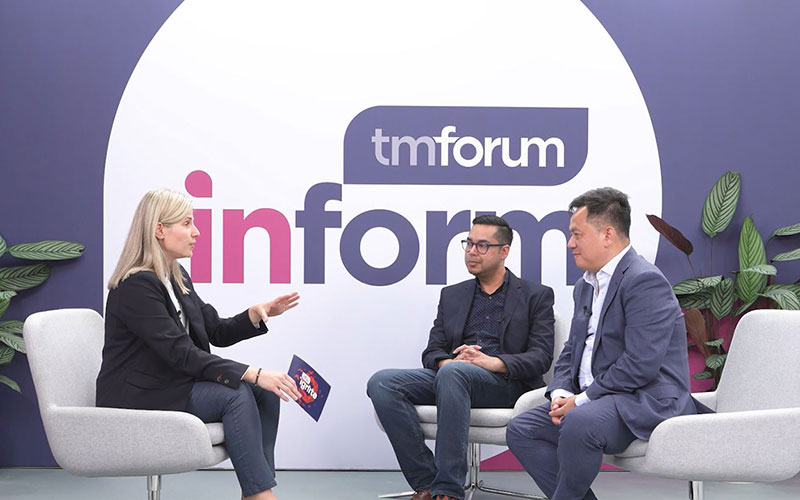Industry Trends
Monetizing RBT in the Video Era
The RBT service is a value-added service through which carriers possess a strategic control point and a native profit model. Can today's video RBT service replicate the glory of the voice RBT days?


By Li Changwei, Gan Lei, Zhou Heng, and Kang Rui, Huawei Carrier BG
4G changed the world. With the development of 4G networks, the evolution of scenario-based innovations for mobile Internet led to leading applications in the megabit era such as TikTok and Kwai. If video RBT can be innovative enough to deliver value and experience comparable to these apps and become a major part of the professional user-generated content (PUGC) industry, it could evolve into another killer application.
Back when China Mobile was developing its RBT services, voice RBT alone accounted for 3.4% of the carrier's total revenue, topping the global market based on user numbers and revenues in the voice era. Today, the video RBT market is gaining traction. Currently, the penetration rate of China Mobile's video RBT users is about 20% to 30%, generating an annual revenue of 7 to 8 billion Chinese yuan (US$1.046 billion to US$1.195 billion), with a high gross margin. However, it should also be noted that video RBT only accounts for 1% of China Mobile's total revenue, a ten-fold gap compared with voice RBT in the voice era. Video RBT users are mostly found in the high-end 20%, while the 20% to 80% range where most revenue is generated has yet to be tapped. This means that the video RBT market has a growth potential of twofold to fivefold.
I. From 0 to 1
Charting the trajectory of voice RBT's success can give us insights into developing video RBT today. The 0-to-1 innovative breakthrough of voice RBT was based on the following factors:
1. Strong RBT distribution platform through WIN (Wireless Intelligent Networks)
The RBT service was not proactively driven by carriers' marketing and data departments. Instead, it was an open and tentative attempt by vendors and carriers' network departments to retain independent SSP/IP as a backup to address SSP/IP termination while ensuring the stable performance of (G)MSC/SSP/IP networks. In 2001, the target WINs were upgraded and more than 1,000 (G)MSCs had SSP/IP functions integrated. The 44 overlaid independent SSPs/IPs in the live WINs faced the challenge of termination. At the same time, the network department issued a document, specifying that independent SSPs/IPs with idle service volumes should be retained, and it worked with vendors to develop four innovative solutions to continue using the equipment after the SSP/IP retention period ended. The switching and voice capabilities that resulted from the SSP/IP redundancy provided fundamental platforms and resources for the innovation of new services. IP, however, proved its maturity as a voice distribution enabling platform and laid a strong foundation for the development of RBT. Retrofitting Huawei's SSP/IP to a CRBT platform became an option, which ensured a premium experience of music RBT on mobile networks.
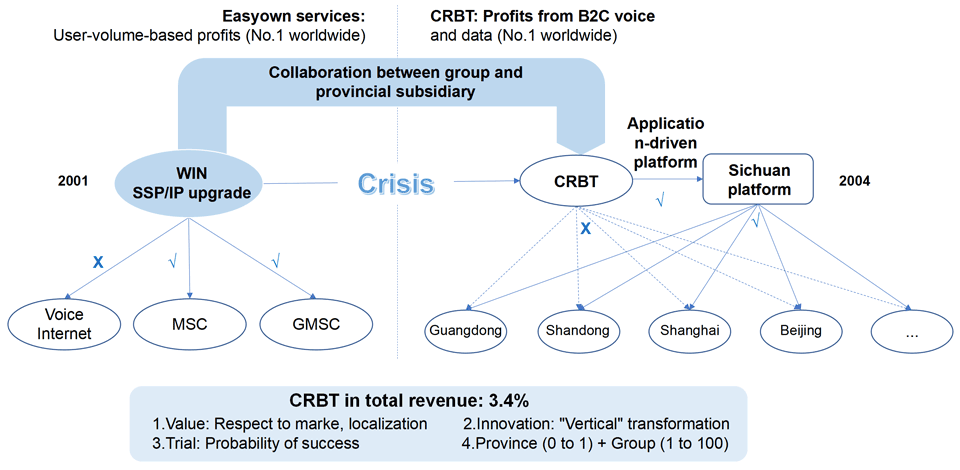
Figure 1: Voice RBT emerged as a result of wireless intelligent network development
2. Everything was ready for the launch of the RBT service
The number of China Mobile's GSM users grew from 100 million to 500 million over the decade of prosperity for the prepaid service model. This inspired carriers to discover the opportunities in the telecom industry. In addition, the prosperity of the pop music industry in the late 1990s stimulated creativity and talent in the music industry. Moreover, in the 2000s, as the cassette- and CD-based music distribution model hit a bottleneck, the industry needed to switch tracks to grow. That was when the market and technical conditions for voice RBT reached a tipping point.
3. Content breakthrough as the song "Mice Love Rice" shattered the 8–12s value bottleneck
From March to June 2001, after China Mobile launched the RBT service, the carrier gathered a range of partners in the music industry with the aim of integrating leading tracks into the RBT DSM distribution platform. However, the market response was lukewarm. The potential of the RBT market was finally unleashed when the pop song "Mice Love Rice" received more than 6 million downloads in Sichuan, a large province of 100 million people. The song was by no means the most popular in the music market, but it fit perfectly for the 8–12s timeframe when a caller waited for their call to be answered. The song was ideally suited for RBT and helped propel the industry into a golden period of growth.
4. Revenue sharing for entrusted charging was a development model for shared success
The emergence of RBT was an opportunity for both the telecom industry and the music industry, with the 1:9 and 2:8 profit models meeting both industries' needs for value. It was never easy for music to go Platinum through conventional channels, but popular RBT music could exceed one million downloads overnight. This drove musicians and music production companies in and outside of China to shift their focus to RBT music. As a result, the RBT business saw a boom in content innovation.
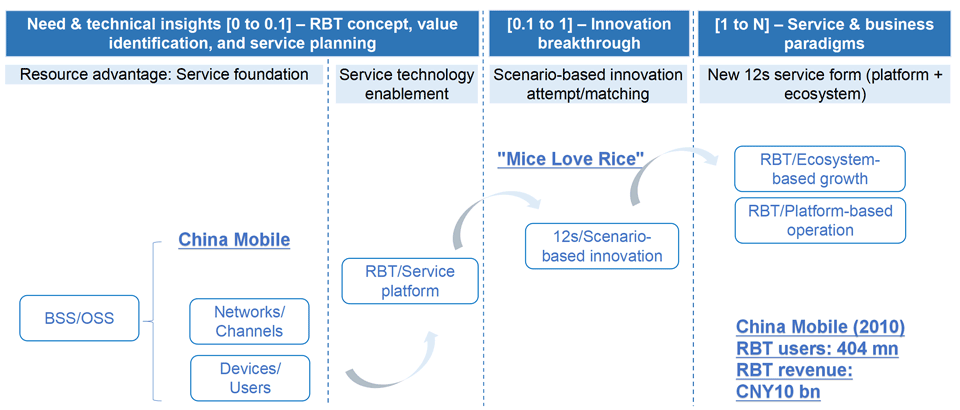
Figure 2: RBT was an example of groundbreaking solution innovation in the voice era
Reflecting on the journey of service innovation and market development of voice RBT in 2001, we can see that the development of RBT services was both fortuitous and inevitable.
2. The focal points of video RBT innovation
The development of the mobile Internet has spawned new digital lifestyles in the digital economy, accelerating the transition from voice-based services to video-based services. Netflix, TikTok, and Kwai now rank among the top platforms in multiple mobile Internet markets worldwide in terms of downloads, proportion in DOU, and proportion of user hours online. The video RBT service is a high-value niche-market video service with a readily available profit model, and is well positioned to unlock new growth potential in the long-tailed market beyond the dominance of the top video apps.
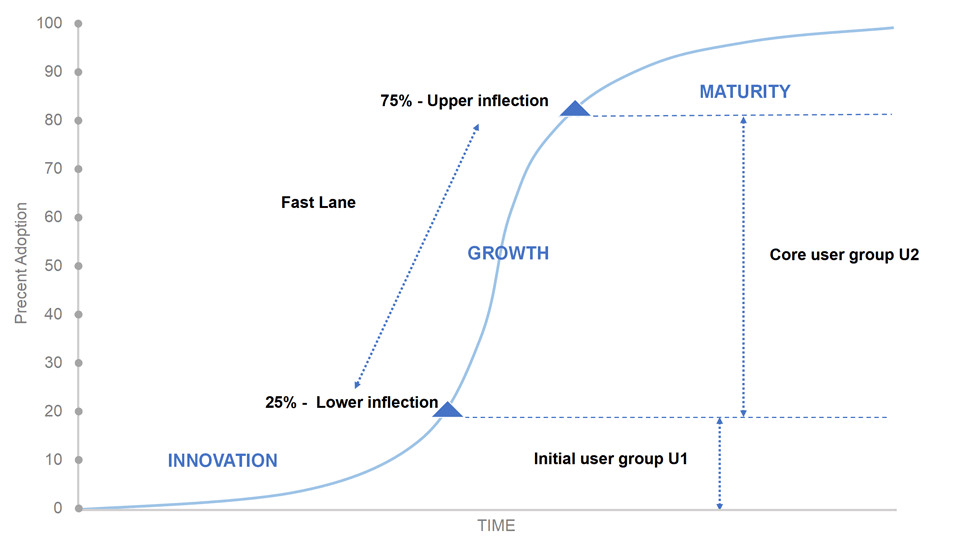
Figure 3: The 25% bottleneck is both a challenge and a leapfrog opportunity for video RBT
The S-shaped growth curve is generally applicable to any service. The current penetration rate of China Mobile's video RBT service falls within the 20 to 30% range around the lower inflection. The main challenge now is to seize the rapid growth opportunities that follow the lower inflection in the S-curve to propel the business momentum for exponential growth.
Opportunities for growth always exist, but the basic principles of making them a reality are to meet market and customer needs, and to drive user expansion and revenue growth using innovative solutions and marketing strategies.
1. Customer analysis: From the initial user group U1 to core user group U2
The top priority of innovative solutions and marketing strategies is to gain insights into customers. Initially, the early-adopter user group U1 dominates when the penetration rate is less than 25%. The next stage U2 comprises the core user group when the penetration rate is between 25% and 75%. U2 and U1 have distinct needs. U1 users are characterized by dominance, initiative, communication, exploration, creation, and dynamics, while U2 is characterized by the needs and behaviors that include following, inertia, acceptance, simplicity, enjoyment, and security. U1 consists of seed users who open up the market and proactively spread the service, whereas U2 comprises a robust ecosystem that expands the size and value of the market. U1 drives and triggers U2.
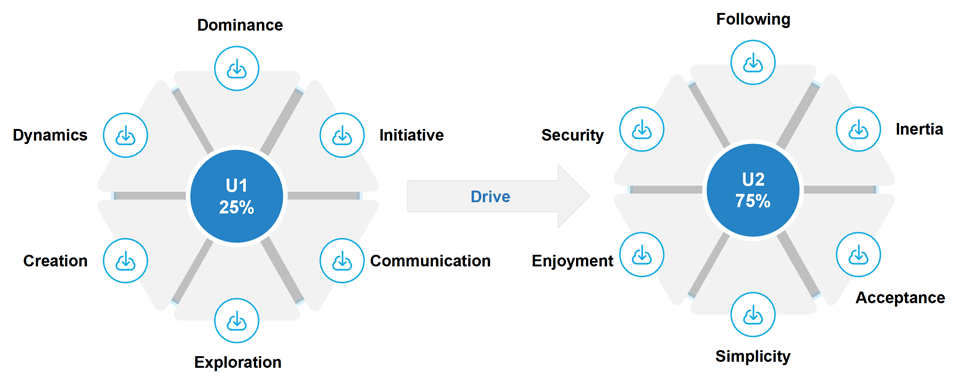
Figure 4: U1 is the seed user group, and U2 is the expanded user group. U1 drives U2
2. PUGC innovation for the 8–12s connecting time frame
For the video RBT service, the 8–12s connection timeframe has not changed, and users still need the RBT to be soothing without being distracting. However, video RBT should also fit the characteristics of mobile video PUGC in the same way that the leading video apps do, instantly creating joy and value for users.
3. Satisfying user experience based on data analytics
When China Mobile develops the new user group in the 25%–73% range, it will be important to classify users in the U1 group, analyze the consumption data of different types of users, and find the most popular video RBT content. Utilizing the influence of U1 on U2, the carrier can then proactively push the top content to U2 to trigger U2 subscriptions and usage. This marketing model that recommends and pushes content based on data analytics is the "killer move" behind the success of TikTok and fits the growth curve of the mobile video era.
For U2 users, a "one-click" experience is needed. For example:
- One-click content push: Carriers should take advantage of their security SMS channels and push popular content based on user classification and requirement data analytics.
- One-word impression: The SMS title and recommendation copy should be designed to be brief and impactful.
- One-click preview: Users should be able to easily preview recommended content on the SMS interface. This would ensure that the content reaches at least 80% of users.
- One-click browsing: The browsing interface should resemble TikTok and allow users to preview the top five pieces of recommended content by swiping down.
- One-click customization and replacement: One-click customization and replacement buttons should be placed on the browsing interface to allow users to subscribe to the service as they view content.
- One-click recommendation and sharing: A button should be provided on the browsing interface to enable U1 users to recommend and share content to U2 users through a simple tap.

Figure 5: Upgraded one-click video RBT solution for U1 to drive U2
Video RBT is becoming a marketing and advertising channel for enterprises and public institutions. Striking a balance between marketing needs and value to customers makes it easier to create video content that can spread across different user groups. The popular video The Divine Damsel of Devastation made for the game Genshin Impact cleverly combines Beijing Opera with multi-angle video technology and the game’s story. The video went viral soon after its release due to its stunning artistry, helping to not just promote the game, and also generate profit itself.
New video RBT carriers can now approach the business by directly addressing U2 users. They can conduct precision marketing to develop user groups through user classification and data analytics, as well as the proactive pushing of popular content.
This will make work easier for carriers and give them a latecomer advantage.
- Tags:
- Services & Software
- Carrier





